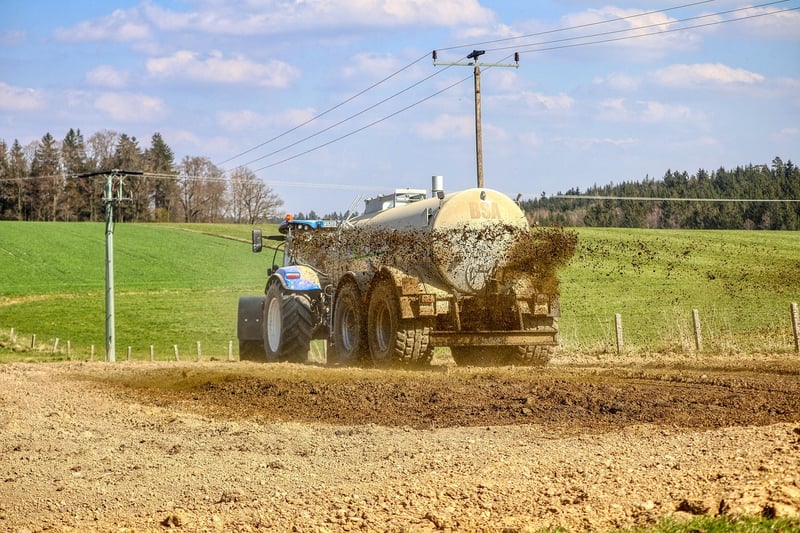Fertilization
Keeping Vertical Gardens Healthy and Thriving
The Beauty of Vertical Gardens
Vertical gardens, also known as living walls, are a wonderful way to bring greenery into urban spaces, both indoors and outdoors. They not only add beauty and aesthetic appeal but also provide numerous benefits such as improved air quality, reduced noise pollution, and a sense of tranquility.
Tips for Maintaining Vertical Gardens
Proper maintenance is essential to ensure that your vertical garden remains healthy and vibrant. Here are some tips to help you keep your living wall in top condition:
1. Regular Watering
Ensure that your vertical garden receives adequate water. Depending on the plants and the environment, you may need to water them daily or every few days. Monitor the moisture levels closely to prevent overwatering or underwatering.
2. Adequate Light
Place your vertical garden in a location that receives sufficient natural light or install artificial lighting if needed. Different plants have varying light requirements, so make sure to choose plants that are suitable for the light conditions in your space.
3. Pruning and Trimming
Regularly prune and trim your plants to promote healthy growth and prevent overcrowding. Remove any dead or yellowing leaves, and trim back overgrown branches to maintain the aesthetic appeal of your vertical garden.
4. Pest Control
Keep an eye out for pests such as aphids, spider mites, and mealybugs, which can damage your plants. Use natural or organic pest control methods to protect your vertical garden without harming the environment.
The Importance of Fertilization
In addition to proper maintenance practices, fertilization is crucial for the health and vitality of your vertical garden. Fertilizers provide essential nutrients that may be lacking in the growing medium, helping plants thrive and flourish.
Types of Fertilizers
There are various types of fertilizers available, including liquid fertilizers, granular fertilizers, and slow-release fertilizers. Choose a fertilizer that suits the needs of your plants and follow the manufacturer's instructions for application.
Application Tips
- Apply fertilizer according to the recommended dosage to prevent nutrient imbalances.
- Avoid fertilizing during extreme temperatures or drought conditions, as plants may be more sensitive to fertilizer burn.
- Water your vertical garden after fertilizing to help distribute the nutrients evenly and prevent root burn.
Frequency of Fertilization
The frequency of fertilization depends on the type of plants, the growing medium, and the season. In general, it is recommended to fertilize your vertical garden every 4-6 weeks during the growing season to support healthy growth.
Conclusion
By following these tips for maintenance and proper fertilization, you can ensure that your vertical garden remains healthy, lush, and thriving. Enjoy the beauty of your living wall while creating a green oasis in any environment!

For more inspiration and ideas on vertical gardening, check out Gardening Know How.
